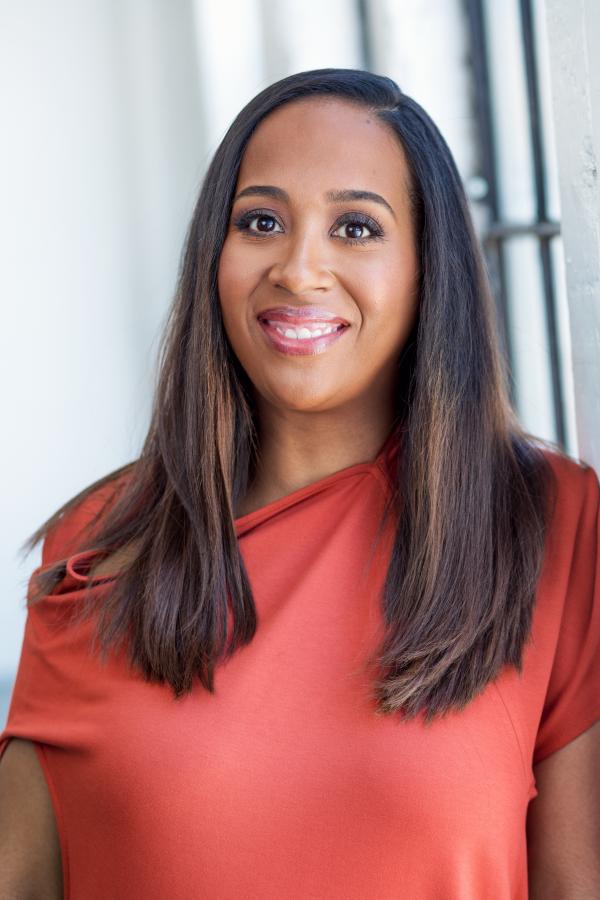After LACMA’s longtime senior vice president of education and public programs Jane Burrell retired last year, the museum welcomed Naima J. Keith as the new vice president of education and public programs in April. Naima, a respected curator who has worked at the Studio Museum in Harlem, comes to LACMA from the esteemed California African American Museum (CAAM), where she guided the curatorial, education, marketing, and communications departments as deputy director and chief curator. We recently chatted about her career trajectory, her commitment to access, and what she’s looking forward to at LACMA.
Tell us about your relationship to art as you were growing up.
I’m originally from Los Angeles. Our family’s relationship to Los Angeles, and to the art scene here, runs deep. My mom began collecting art posters while in medical school at UCLA. She then primarily collected emerging African American artists. I grew up surrounded by artists and art. My mom dragged my sister and me to museums, even though as a kid, you’d much rather hang out with your friends. But it’s funny how things seep into you when you’re not looking.
Tell us about an important moment in your career.
In 2017, I was the recipient of the David C. Driskell Prize in recognition of my contributions to the field of African American art history. Awarded yearly by the High Museum of Art, the prize is named for David C. Driskell, an artist and groundbreaking scholar of the African Diaspora. Past winners include scholar Kellie Jones, curator Franklin Sirmans, and artist Mark Bradford. Receiving such an honor at such a pivotal point in my career was truly a humbling and exciting experience.
Can you share a highlight from your time at CAAM?
I joined as deputy director and oversaw curatorial, education, marketing, and the website. It was really exciting to be back in my hometown and being able to assess where the needs were, especially in light of how the city was changing. While I was extremely proud to oversee the rebrand of the museum or launch the new website, seeing the museum activated in new ways really meant a lot to me. For example, we restructured openings to be seasonal. We dubbed it “Can’t Stop, Won’t Stop!” and brought DJs and food trucks so we could make the evening an entire experience. The openings brought together 1,500 to 2,000 people and they were all having a good time. The idea is that it’s about discovery. Maybe you’re coming for the food trucks or the DJ, but then you discover an artist and another exhibition. People were coming up to me, saying, “I didn’t even know about this artist,” or “I had no idea about this moment in history.” People came into the museum and saw it as a safe space, and they felt that the museum was giving them permission to agree or disagree with what was on view. That was a super proud moment for me.
What attracted you to LACMA?
I have a long personal history with LACMA. My great uncle was a museum guard who brought my mom to the King Tut exhibition in 1975. What really appealed to me was how LACMA has been making real inroads in communities and providing crucial arts education to kids throughout the county. A trip to Wilshire Boulevard is hard for a lot of people, and the reality is that people may not be able to make it to LACMA on a consistent basis. I love that families and adults can get an introduction to art at a library we serve or at the gallery at Charles White Elementary School. These smaller spaces meet a resident—who maybe isn’t as comfortable going to a museum—halfway, in addition to providing much-needed access to art in various communities. The fact that LACMA has made this kind of commitment to providing these resources made me really excited to join the team, especially being a woman of color. I recognize that people of color are often not encouraged to go to museums or provided with access to different arts activities. I grew up in South L.A., so it’s also really exciting to me that LACMA is going to have a footprint there and in other parts of the city.
This interview was first published in the Summer 2019 issue of Insider.



